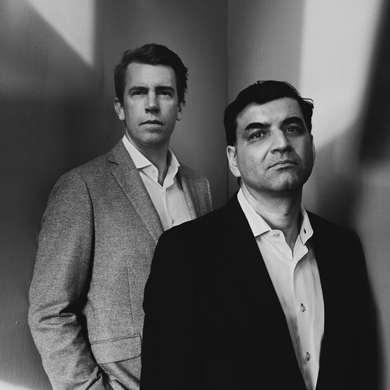Nan Goldin became an art world sensation in 1985, when the Whitney Biennial featured The Ballad of Sexual Dependency, a “slideshow” of photos in which Goldin documented her downtown friends partying, snorting drugs, and having sex. For two years after that success, she told The Guardian, “drugs became my full-time occupation and about the only people I saw were my dealers.” She got clean in 1988. But in 2014, when Goldin was prescribed OxyContin for the torturous pain of tendonitis, she relapsed; her allotted 40 milligrams a day quickly ballooned to 450. In rehab, Goldin researched America’s opioid crisis and found that the family name behind the drug was the same one immortalized on the walls of museums like the Louvre, the Victoria & Albert, and the Metropolitan Museum of Art. Laura Poitras’s new documentary, All the Beauty and the Bloodshed, juxtaposes Goldin’s artistic rise with the fall of the family that manufactured her relapse—the Sacklers. The film gives special attention to Goldin’s activist group P.A.I.N. (Prescription Addiction Intervention Now), which staged die-ins—people playing dead in piles of OxyContin bottles—at the museums and galleries that took Sackler donations. Because of Goldin, many institutions removed the family’s name. After winning the Venice Golden Lion, the film is headed to the New York Film Festival. —Jensen Davis




